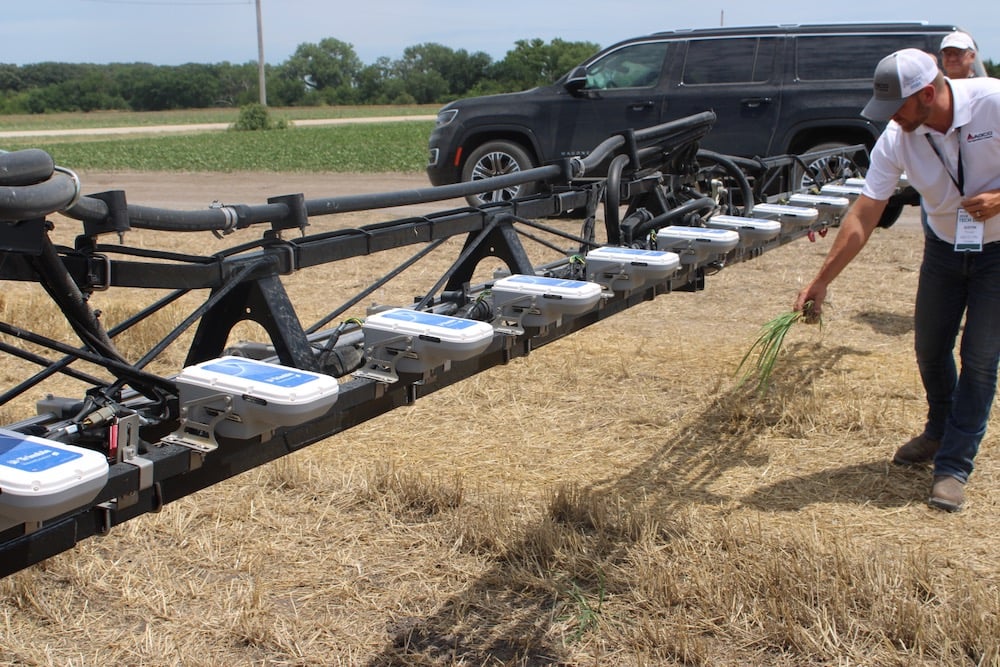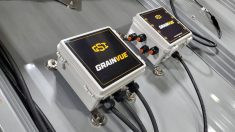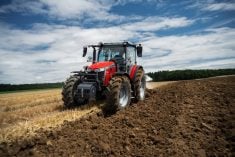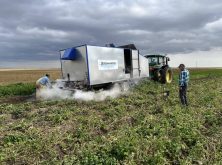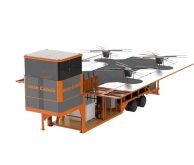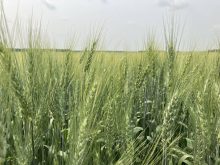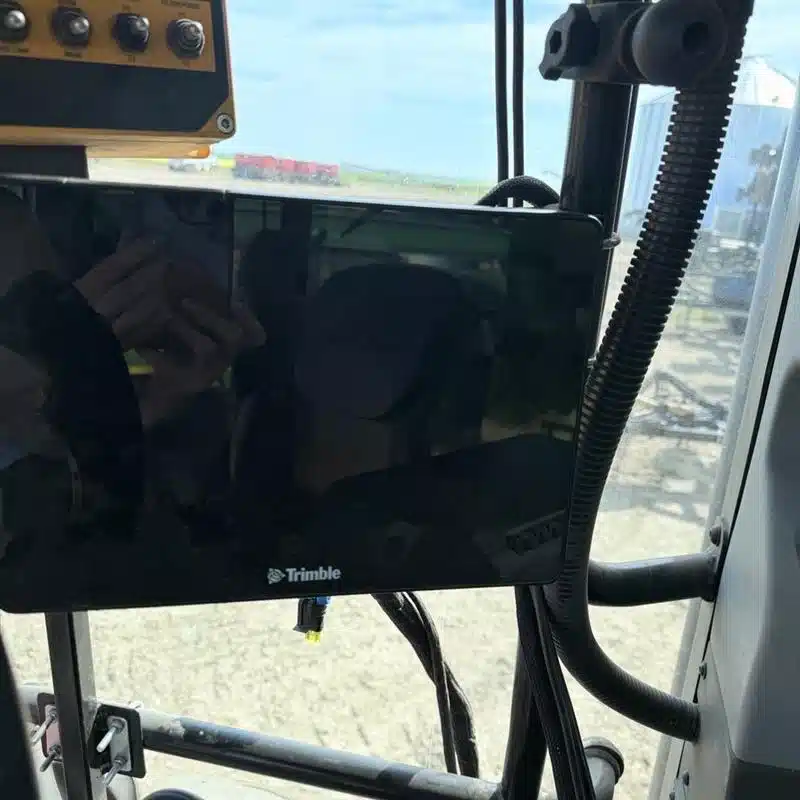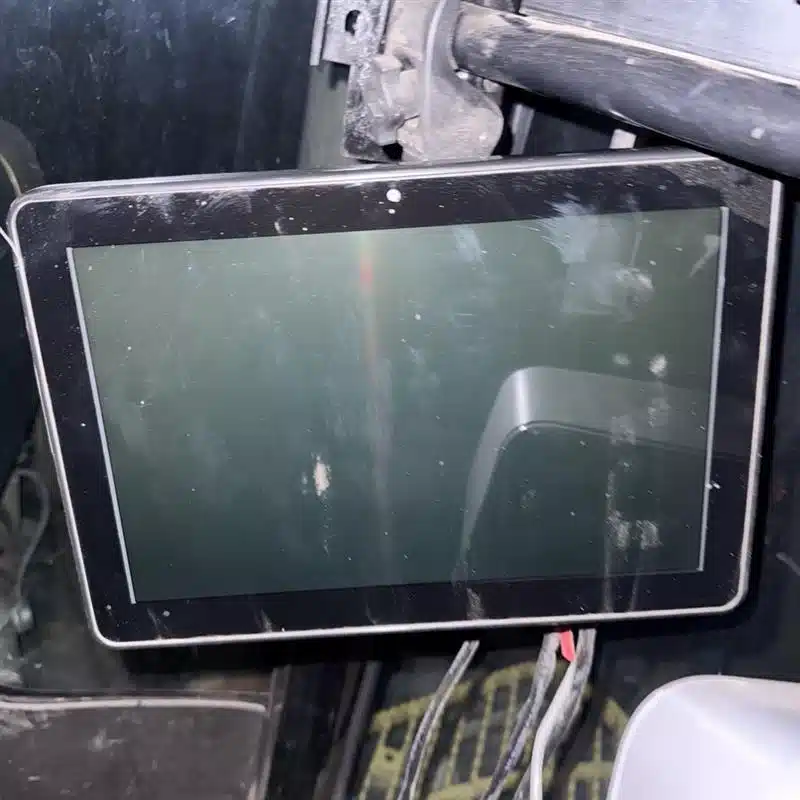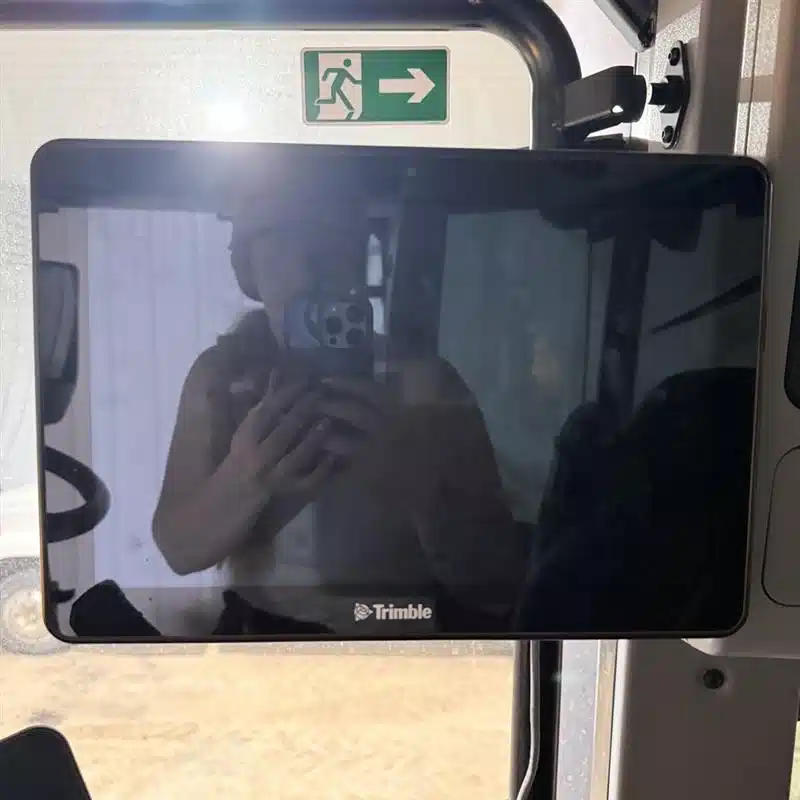The three current green-on-green spot spray systems on the market now are only capable of functioning in corn, soybean and cotton crops. For most Prairie producers, that doesn’t fit their operations very well.
A green-on-brown system, however, could offer significant reductions in herbicide use during pre-seeding and post-harvest burndowns.
PTx Trimble’s WeedSeeker 2 system offers that capability and is retrofittable to most existing sprayers.
Read Also

Claas brings 1000 Series SP forage harvesters to Canada
In mid-August, Claas unveiled its new line of Jaguar forage harvesters at an event in Visalia, California, deep in the heart of that state’s dairy region.
“We’re not limited from a compatibility perspective to make, model or brand, as it’s a component that can work with any sprayer that’s out there,” says Justin Prickel, the product team manager for application controls at PTx Trimble.
“This solution can be added to an existing sprayer with a display in it. If that display is ISOBUS compatible, it will load up on there and provide the whole user interface. That’s where the technology communicates from a retrofit perspective. The WeedSeeker is fully ISOBUS compatible.”
If there isn’t a compatible monitor in the sprayer, it would require installation of a PTx Trimble GFX1260 or 1060 monitor.
READ MORE: Study shows effectiveness of green-on-brown sprayer technology
The retrofit involves mounting a WeedSeeker 2 sensor in front of each nozzle along the sprayer boom, which is usually about every 20 inches. The sensor controls the nozzle behind it and turns it on and off when a weed is detected. The nozzle can be activated within five milliseconds. That permits field travel speeds of up to 25 m.p.h. (40 km/h).
“Each sensor runs autonomously,” Prickel says. “The calibration is stored in the sensor, all the decision-making is in each individual sensor itself, when it comes to seeing a weed or not. That’s where we get the speed and accuracy.”
Each sensor has its own light source, so it can run day and night as well as in dusty conditions, using red and near-infrared lighting. That gives the system an advantage over some other camera systems. All the necessary peripherals, wiring and installation instructions are included with the system.
PTx Trimble offers top-, front- or bottom-mount generic mounting brackets to place the sensors in a location on the boom that will prevent them from being damaged when the boom is folded up.
A single WeedSeeker 2 system can handle up to 96 sensors. A typical 120-foot boom would only need 72. There is also a smaller system package available that maxes out at 18 sensors. It uses a lighter wiring harness, because less power is required to operate the smaller number of sensors. They’re meant for small units, such as something attached to a UTV.
One downside of the system is it adds extra weight to the boom, for which some sprayer models may not be adequately designed.
“So you need to understand the weight you’re adding to existing booms,” Prickel says. “There are some cases where you need to change out your lift cylinders. Smaller, older units don’t have the hydraulic capacity to handle the added weight.”
Also, he recommends removing the sensors when doing in-crop spraying during the season to protect them until they are needed again.
“You don’t want expensive sensors riding on the boom when they’re not being used for half the season, or whatever the case may be.”
Although PTx Trimble doesn’t offer quick-detach connections, Prickel says some of the brand’s dealers have designed their own, which allow the sensors to be removed in sections rather than individually.
“Essentially this solution is a component to add on to an existing sprayer,” he says. “So it’s not a rate control solution. It takes that sprayer from section control to real-time turning that nozzle on and off.”
The system will record some information on a field map to give a grower an overall picture of the locations and amount of weed pressure in a field.
“Through Task Controller, depending on the display, it does log an ISO XML map,” he says. “It is more what we call a weed density map. Depending on how it’s set up, section-wise, within each section you might have eight or 10 sensors. The way Task Controllers are monitoring today is a percentage of the section that’s on or off at any given time. It’s making an as-applied map while doing a spot spray. It’s not controlling the rate, it’s a weed density coverage map.”


